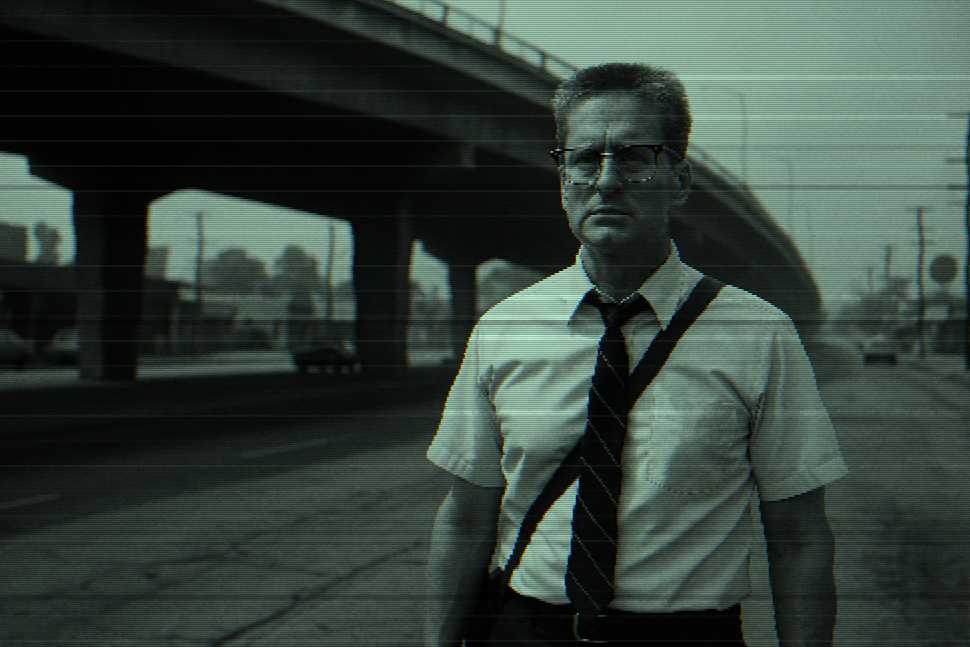
Falling Down 1993
This transmission tracks a middle-aged male in a dense urban environment. He abandons his vehicle in traffic, leaves behind his briefcase, and begins walking. This is not due to emergency — it is due to accumulated dissatisfaction with Earth society.
He proceeds through the city, encountering various examples of human inefficiency, inequality, and perceived disrespect. These include fast food portion policies, inflated prices, vandalism, and rigid banking hours. His reaction to each is not conversation, but escalation.
He becomes increasingly armed as the day progresses. His weapons are acquired through accident, theft, and confrontation. His logic begins as structured grievance and becomes erratic justification. He refers to himself as “going home,” but his destination is unclear, even to him.
Authorities begin to follow his trail. One investigator, near retirement and emotionally stable, pieces together the path. He is largely ignored by his peers, yet ends up the most accurate observer.
Meanwhile, the walking male attempts to visit his former mate and their offspring. There is a restraining order. He is surprised by this.
The confrontation ends on a pier, where the male demands to be treated as a victim, even while holding a weapon. He seems genuinely confused that the system he once supported now sees him as the threat.
Conclusion: Humans maintain civility through pressure valves — when those valves fail, even ordinary individuals may collapse into chaos. Self-pity often masks aggression. A disrupted sense of purpose can result in urban-level instability within hours.
If Nebulon ever wishes to trigger rapid local disorder, target a single emotionally repressed individual during peak commuting hours. The chain reaction will begin without further input.
